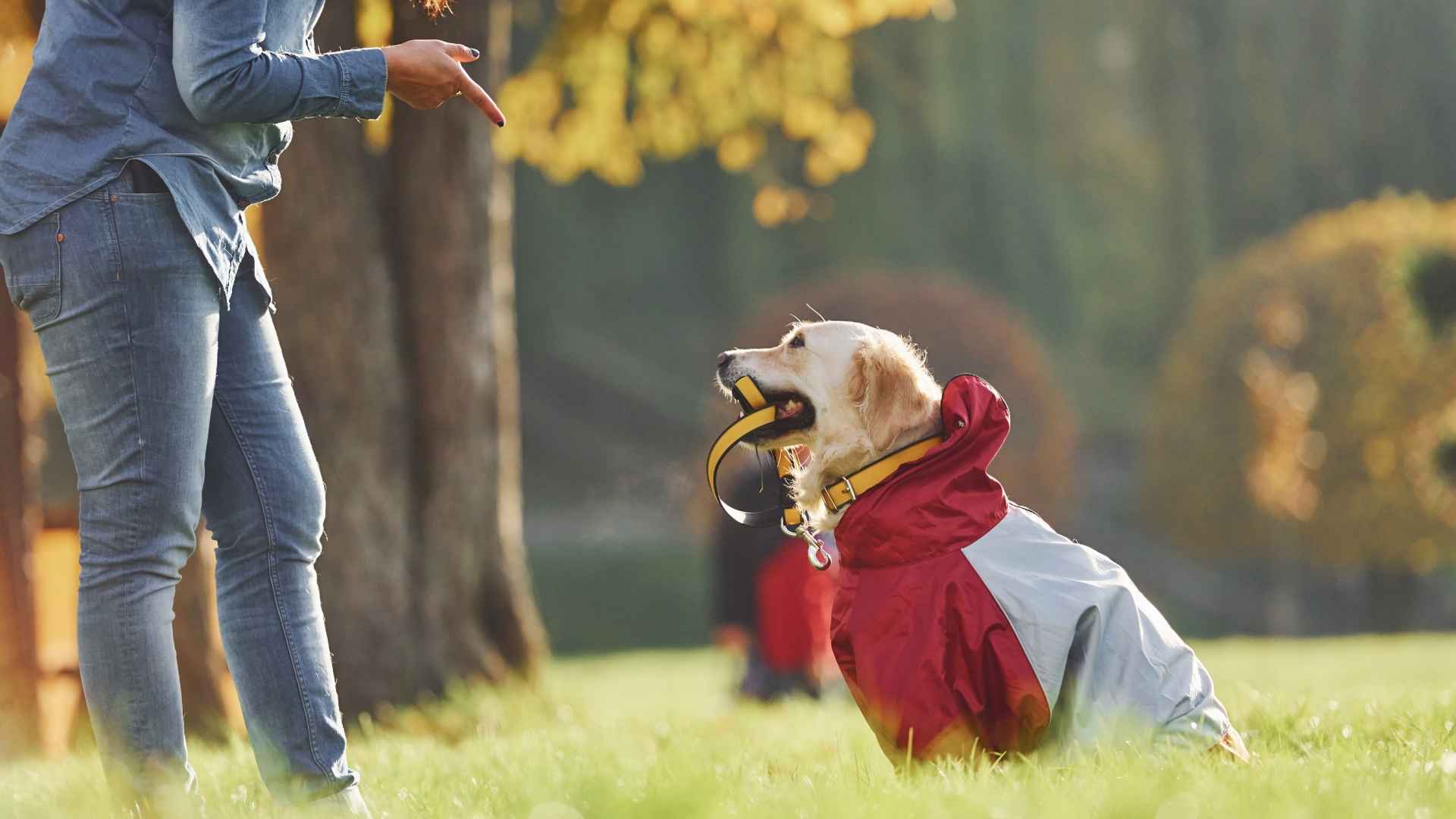Communication is the foundation of any great human-dog bond, and some dogs are absolute masters at picking up what we’re putting down, literally. While we often rely on verbal commands, dogs are visual learners at heart, with a keen sensitivity to body language. That’s why many dog breeds are naturally skilled at recognizing and responding to hand gestures, often with lightning-fast comprehension.
Whether you’re working on basic obedience, advanced training, or just want a silent way to connect during walks or noisy environments, hand signals can be an invaluable tool. Even more impressively, some breeds are wired to grasp non-verbal cues with minimal training, making them ideal candidates for gesture-based communication.
In this article, we’ll explore the breeds most attuned to visual cues, break down the science behind their responsiveness, and help you discover if your pup might be one of the elite few who seem to “get it” the moment your hand moves.
Key Highlights:
Dogs process visual signals faster than verbal ones, especially in breeds with high working or adaptive intelligence.
Hand signals improve consistency and response time, especially in loud environments or over distances.
Top-performing breeds like Border Collies and Australian Shepherds often master hand gestures faster than others due to their strong instinctive intelligence.
Dog Breeds That Understand Hand Signals Instantly
1. Labrador Retriever
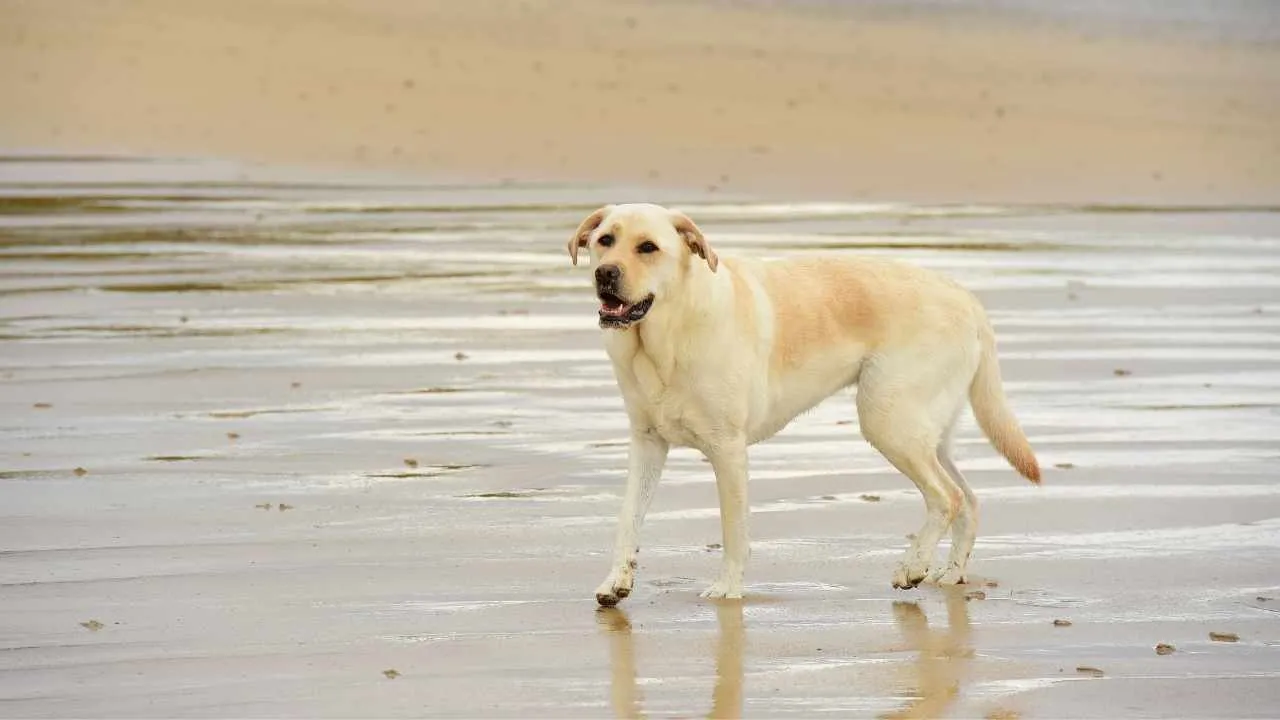
Labrador Retrievers are highly perceptive dogs with a keen sense of human body language. Their deep desire to please and natural enthusiasm make them responsive to non-verbal commands early in training.
Originally bred as fishermen’s assistants, Labs developed a remarkable ability to follow directional gestures across distance and distraction. That working history lends them an intelligence that supports quick adaptation signals.
PetMD states that these dogs are incredibly social, often scanning their owners for cues without being prompted. This makes them ideal companions for silent commands, especially during outdoor activities like hiking or swimming.
Their expressive eyes and patient demeanor create a strong communication loop with their humans. They naturally maintain eye contact, which helps reinforce gesture recognition and command retention.
With their boundless energy and food-driven focus, Labrador Retrievers learn fastest when training is paired with rewards and positive reinforcement. They’re happiest when there’s a job to do, even if it’s just a game of fetch.
Quick Tips
Begin hand signal training alongside simple fetch or sit games to build a positive association.
Stand directly in front of them at eye level for the clearest communication.
Use food-based rewards in early stages, then gradually shift to praise and touch.
2. Papillon
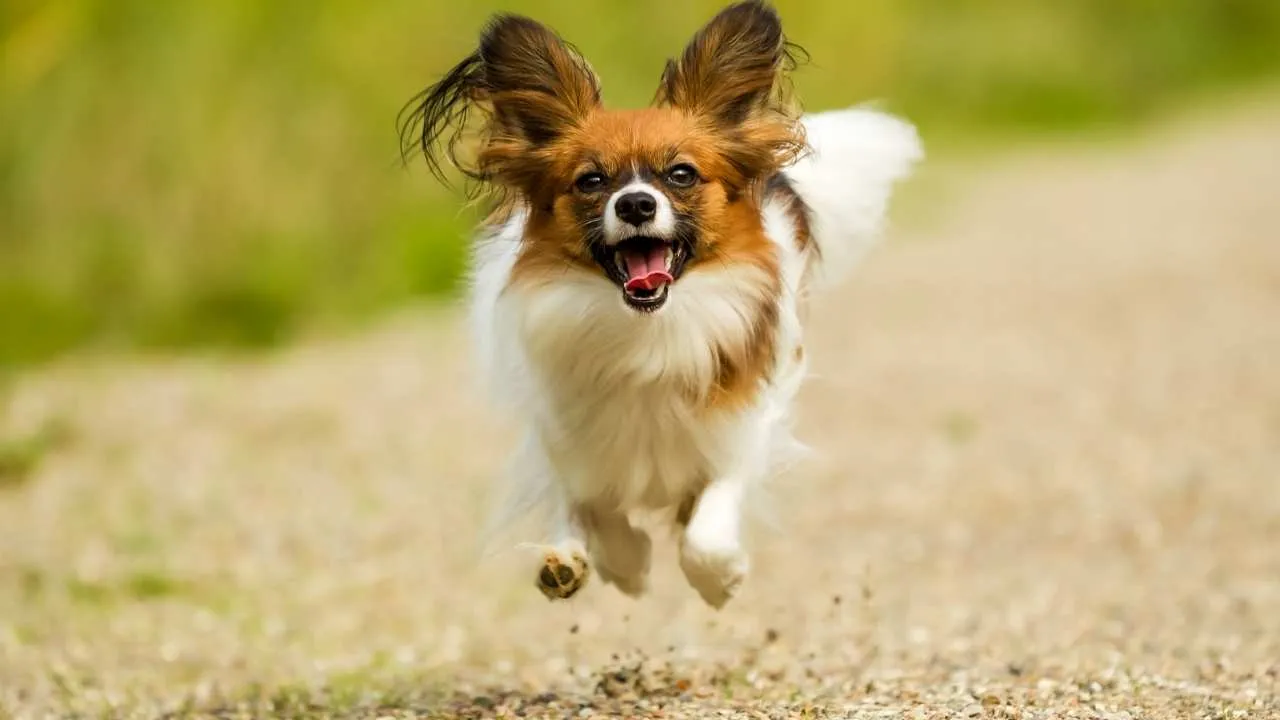
Papillons may be dainty in size, but they’re mental powerhouses. Their bright disposition and strong focus make them exceptionally quick to grasp visual training, especially when it involves clear, expressive hand gestures.
Always alert, Papillons naturally track movement. Their large, butterfly-like ears rotate attentively during interaction, helping them stay visually connected to their humans during training.
Despite their aristocratic history, these dogs thrive on challenge and routine. Papillons enjoy learning tricks, making hand signal training an exciting and rewarding game rather than a chore.
Their lightweight frame allows them to respond quickly and precisely, often reacting to subtle gestures faster than larger dogs. This agility gives them an edge in settings like agility courses or tight indoor spaces.
Highly bonded to their owners, they take cues from facial expression and posture just as much as from movement. Their visual learning style, when harnessed, makes them a silent communicator’s dream.
Quick Tips
Keep sessions playful and short to match their high enthusiasm.
Use open-palm gestures close to their line of sight.
Reward with upbeat voice tones and toys rather than treats alone.
3. German Shepherd
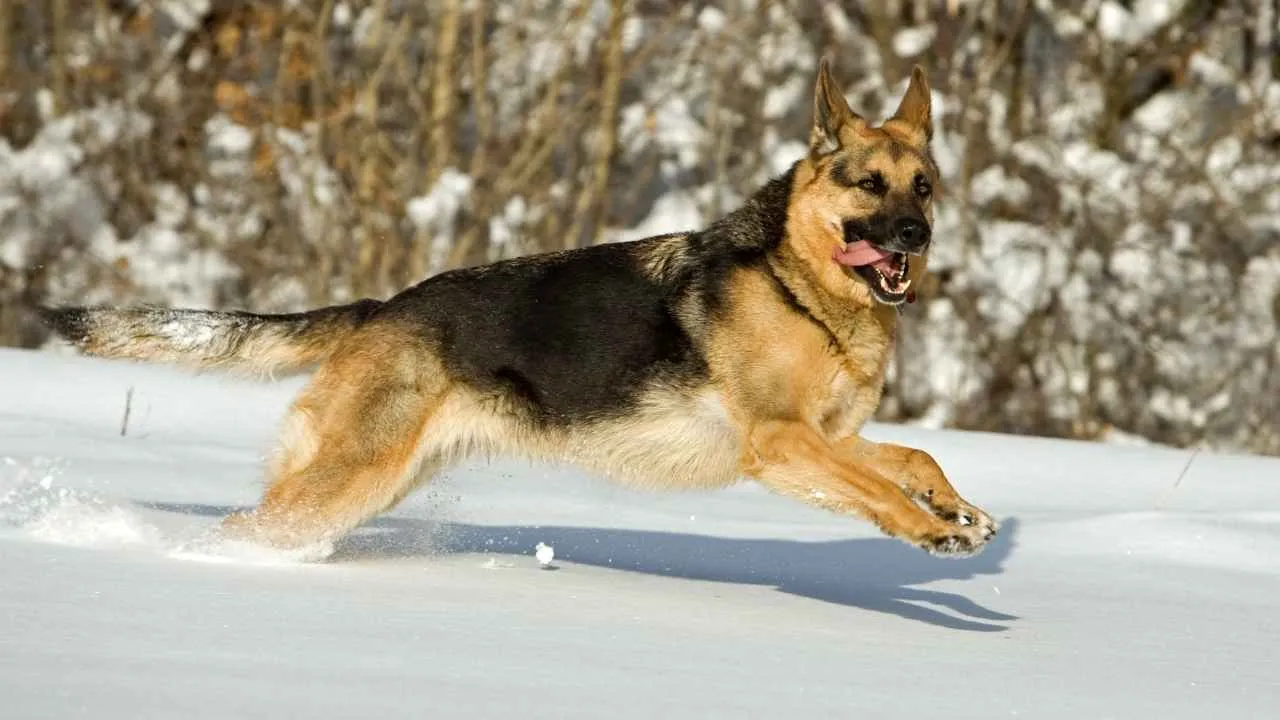
German Shepherds are one of the most intuitive breeds, often interpreting a trainer’s body language before a command is given. Their heritage as working and guarding dogs has primed them for hand signal comprehension in structured environments.
Their large frame and upright posture allow for easy observation of distant gestures, which is especially helpful in activities like search-and-rescue, herding, or service work.
What sets them apart is their calm attentiveness. Even during excitement, a trained Shepherd remains tuned in to their handler, responding to arm and hand movements with calculated precision.
Early training helps sharpen this responsiveness. Britannica states that German Shepherds appreciate challenge and complexity, so introducing hand signals as part of a layered obedience program keeps them engaged.
With proper guidance and mutual trust, German Shepherds develop near-flawless silent communication skills, making them ideal for advanced gesture-based routines.
Quick Tips
Introduce one hand gesture at a time to avoid overwhelming their learning system.
Maintain a consistent posture and movement for each command.
Mix visual cues into play, walks, and work to reinforce learning naturally.
4. Australian Cattle Dog
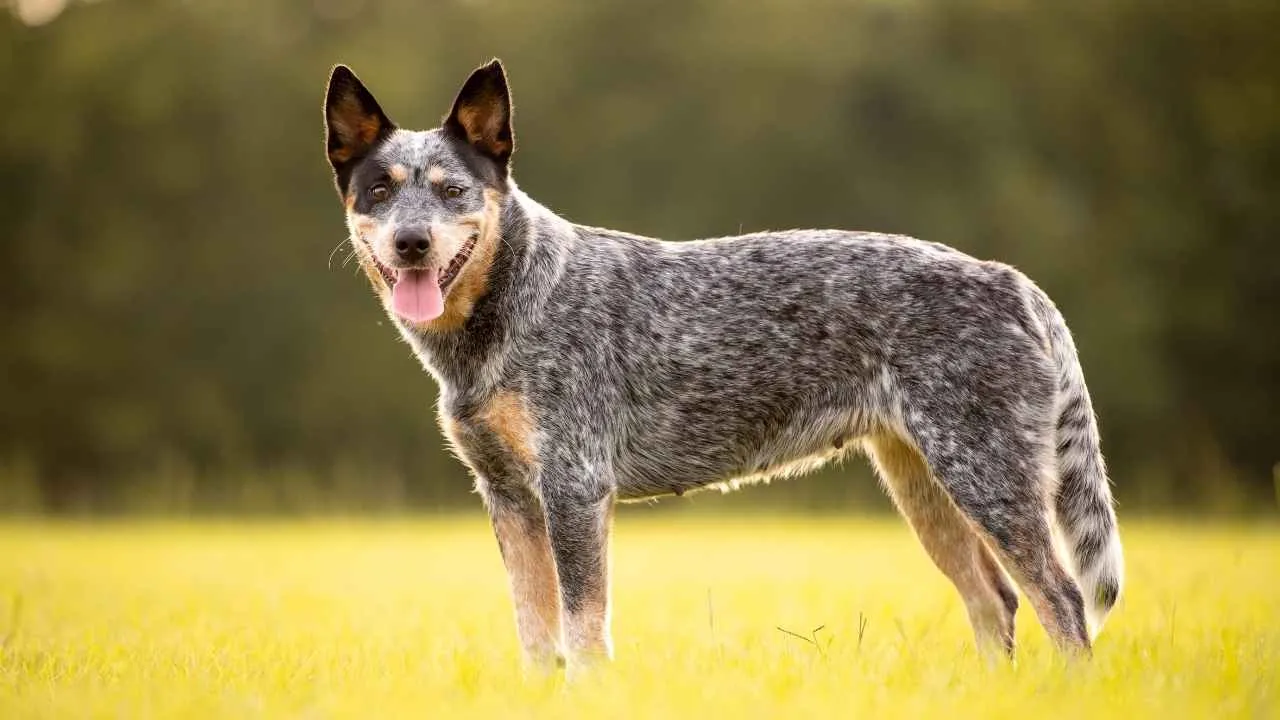
According to WebMD, the Australian Cattle Dog is a sharp, observant, and purpose-driven breed bred to interpret and respond to distant herding cues. That heritage translates well into hand signal training, where decisiveness and attention to motion are key.
These dogs are always “on,” scanning their environment and their person for action. Their radar-like awareness helps them react to a flick of the hand or a shift in stance faster than many other breeds.
Being task-oriented, they find joy in earning their keep. Training feels more like a job than a trick, and they thrive under the pressure of performing tasks with minimal guidance.
Their energetic drive and need for variety mean that repetitive drills can bore them quickly. Routines should incorporate variation, distance, and motion to match their mental pace.
Cattle Dogs also benefit from frequent refreshers and challenge-based learning, making them ideal for intermediate to advanced handlers who want a responsive, thinking companion.
Quick Tips
Combine gestures with directional movement (e.g., walk left as you point) for stronger clarity.
Change environments often to test comprehension and reduce dependency on location cues.
Use toys, agility courses, or herding simulations as non-food motivators.
5. Shetland Sheepdog
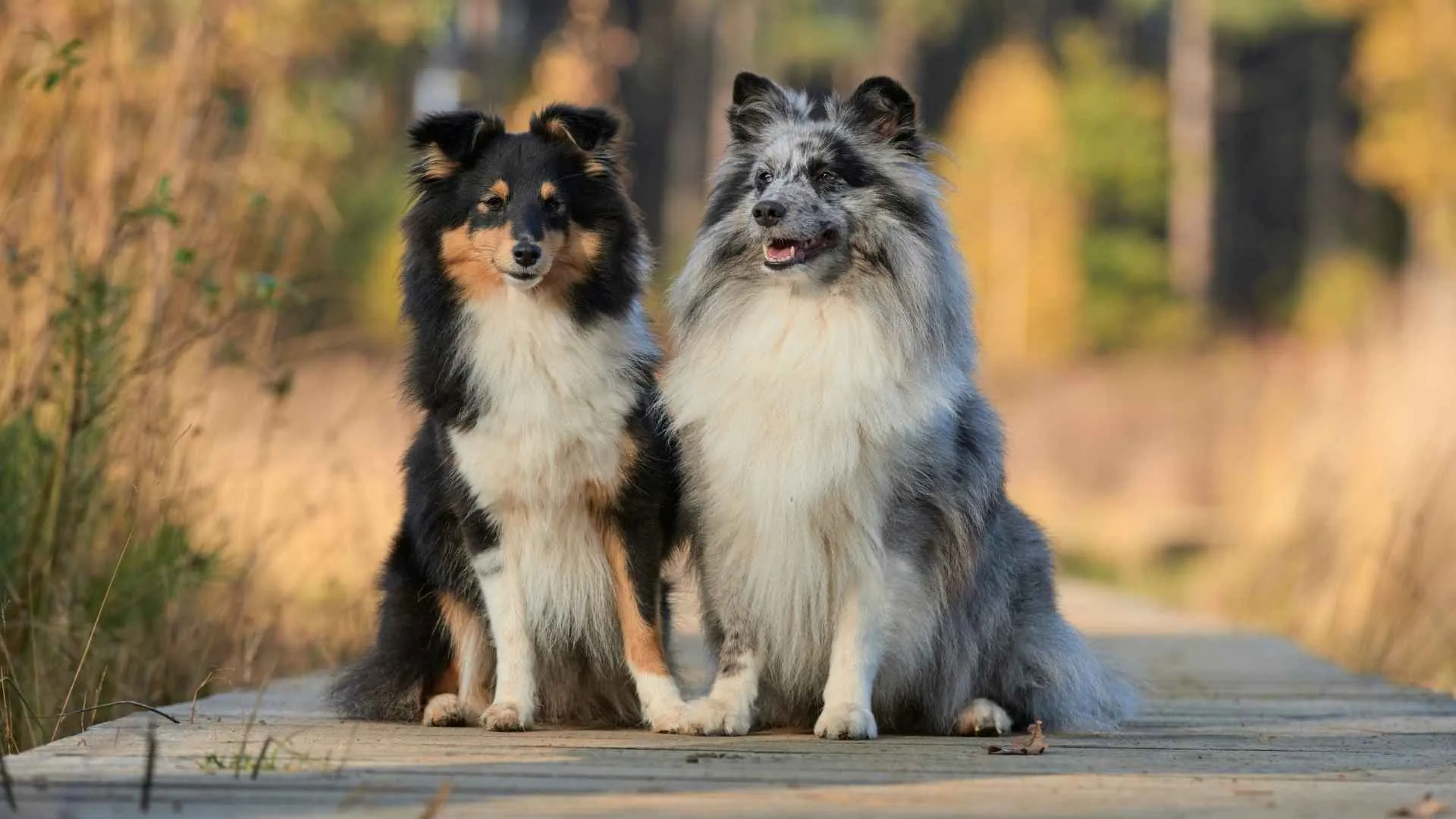
The Shetland Sheepdog, or Sheltie, is an agile herding breed known for its keen sense of awareness and quick reaction to visual cues. These dogs are incredibly responsive to body language and movement.
Originally bred in the Shetland Isles to guard livestock, Shelties developed a sharp instinct for interpreting cues. This ingrained vigilance translates well into gesture-based communication.
Shelties are deeply bonded to their families and constantly monitor their environment. Their intelligence makes training sessions intuitive and effective.
While their bark is often their first line of defense, Shelties can easily redirect focus through silent gestures. With a strong recall and emotional sensitivity, they make excellent responders.
Their expressive faces and emotional intelligence allow them to read more than just hands—they sense mood shifts, making them natural partners in both family life and obedience work.
Quick Tips
Pair soft gestures with positive reinforcement.
Begin in low-distraction spaces before going outdoors.
Keep praise calm to avoid overstimulation.
6. Golden Retriever
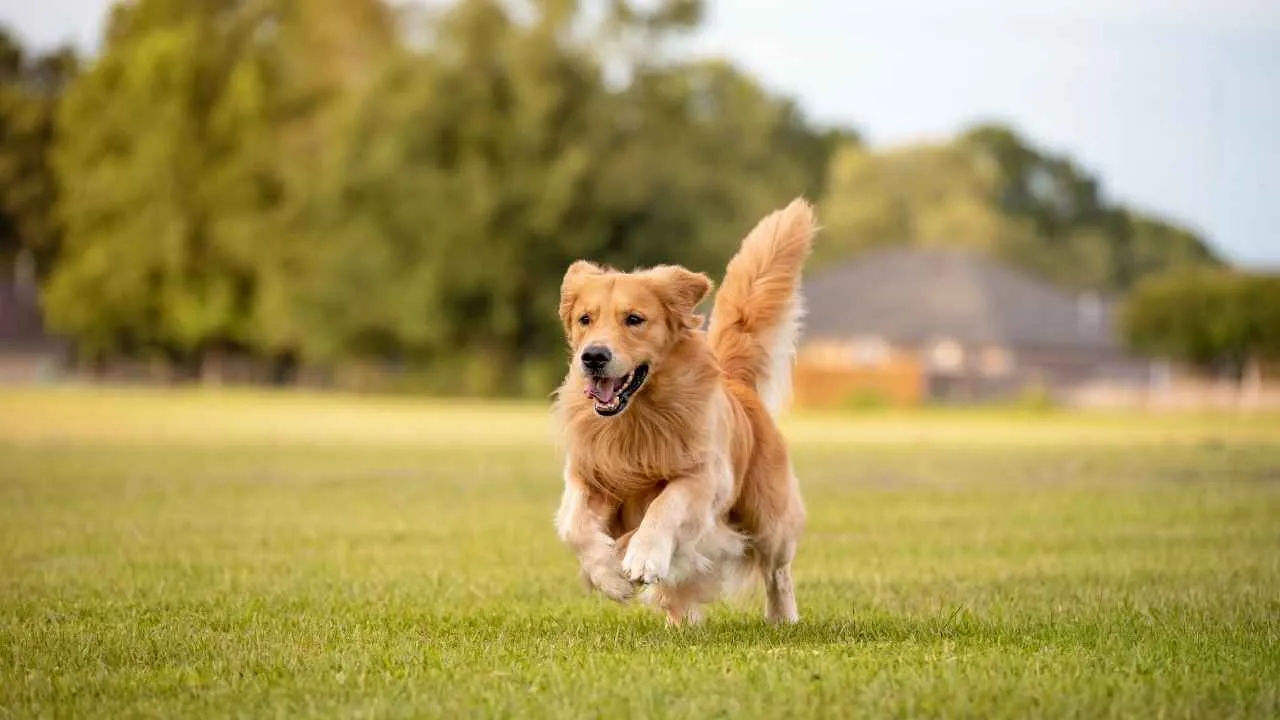
Golden Retrievers are famously gentle and intelligent, with a patient demeanor. They are natural learners when it comes to visual commands.
Originally developed for retrieving game, Goldens are conditioned to watch movement and respond. This attentiveness forms a strong foundation for gesture-based training.
They are emotionally attuned to their humans, often reacting to subtle cues like changes in stance. This responsiveness makes them excellent for silent communication routines.
Goldens require both mental and physical stimulation, and hand signal games offer a perfect balance. They’re as motivated by interactive games as they are by affection.
Their friendly disposition makes them ideal for a wide range of families and settings, where hand signal recognition often proves both convenient and fun.
Quick Tips
Use wide gestures early for visibility.
Reinforce signals during games like fetch or swim.
Alternate voice and hand cues for flexibility.
7. Border Collie
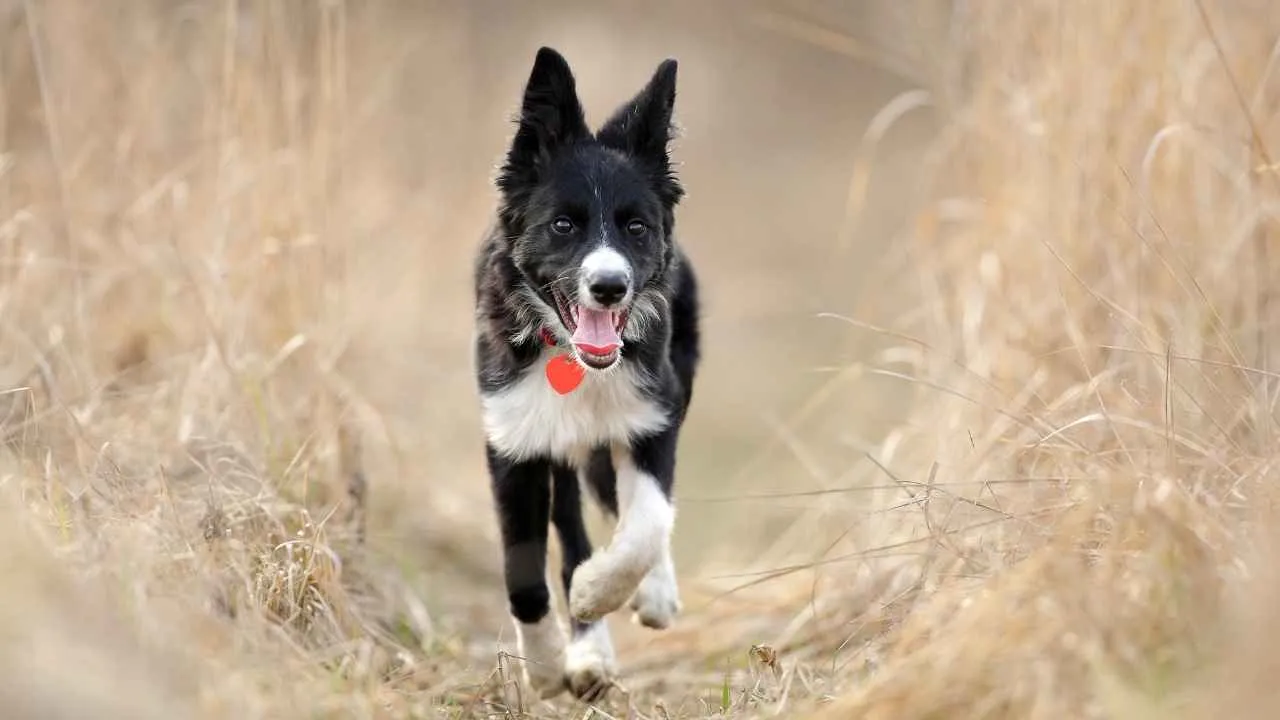
Border Collies are often cited as the most intelligent breed, thanks to their lightning-fast cognition and visual focus. They were bred to control flocks using minimal verbal instruction, relying heavily on visual cues.
They are known for their “eye”—a laser-focused stare that helps them read minute shifts in movement. This gives them a unique advantage in hand signal training.
Their boundless energy and problem-solving drive mean they need mental challenges to thrive. Hand gesture-based games offer an outlet that aligns with their strengths.
Their adaptability and discipline make them stars in obedience and agility competitions, where silent commands are often necessary under pressure.
Collies also enjoy pattern recognition. Once a gesture is learned in one setting, they often apply it fluidly across new tasks and environments.
Quick Tips
Link gestures to herding-style movement tasks.
Use long-range signals to test their visual distance.
Combine structured drills with spontaneous games.
8. Doberman Pinscher
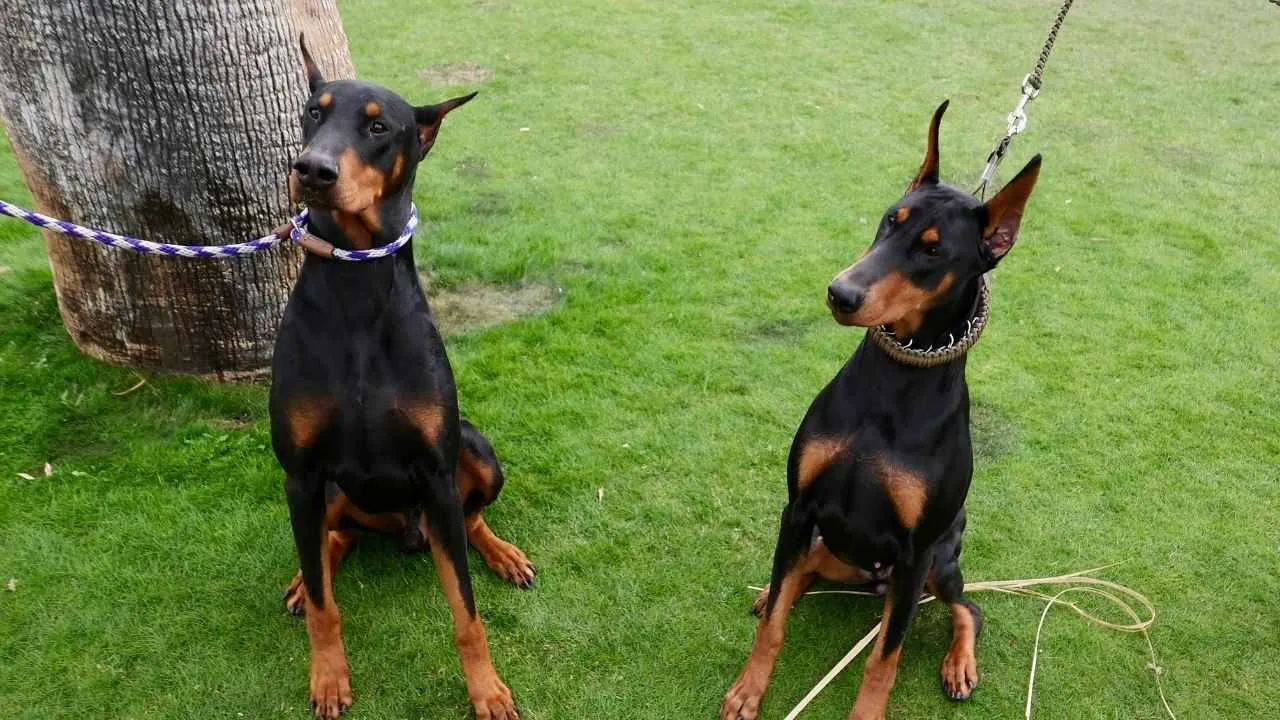
Dobermans are sleek, vigilant, and incredibly perceptive—qualities that make them ideal for hand signal training. Their strong connection with their human handler enhances their attentiveness to visual cues.
Originally bred for protection work, Dobermans are tuned into environmental changes and human body language. They often respond to movement before a command is even spoken.
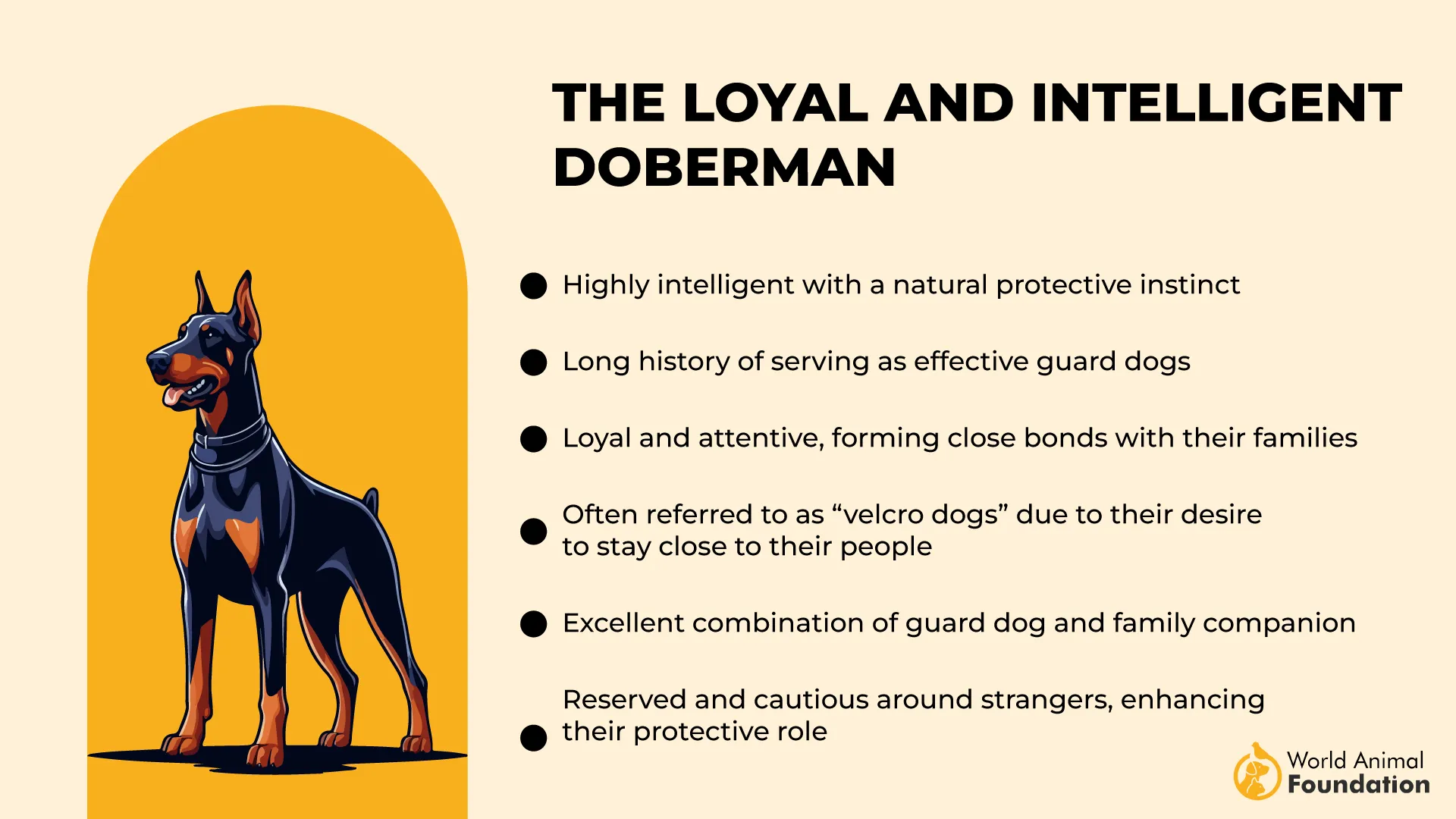
Their posture and focus lend well to distance-based gestures, and their eagerness to please ensures they quickly link actions to rewards.
Dobermans thrive in structured environments. Hand signals provide a silent form of direction that reinforces your leadership and gives them clarity.
They’re highly expressive and sensitive—not just to motion but to mood—allowing for multi-layered communication during both training and daily life.
Quick Tips
Use crisp, confident gestures for maximum clarity.
Avoid vague or fluid signals—keep commands distinct.
Reinforce calm, attentive responses with gentle praise.
9. Poodle
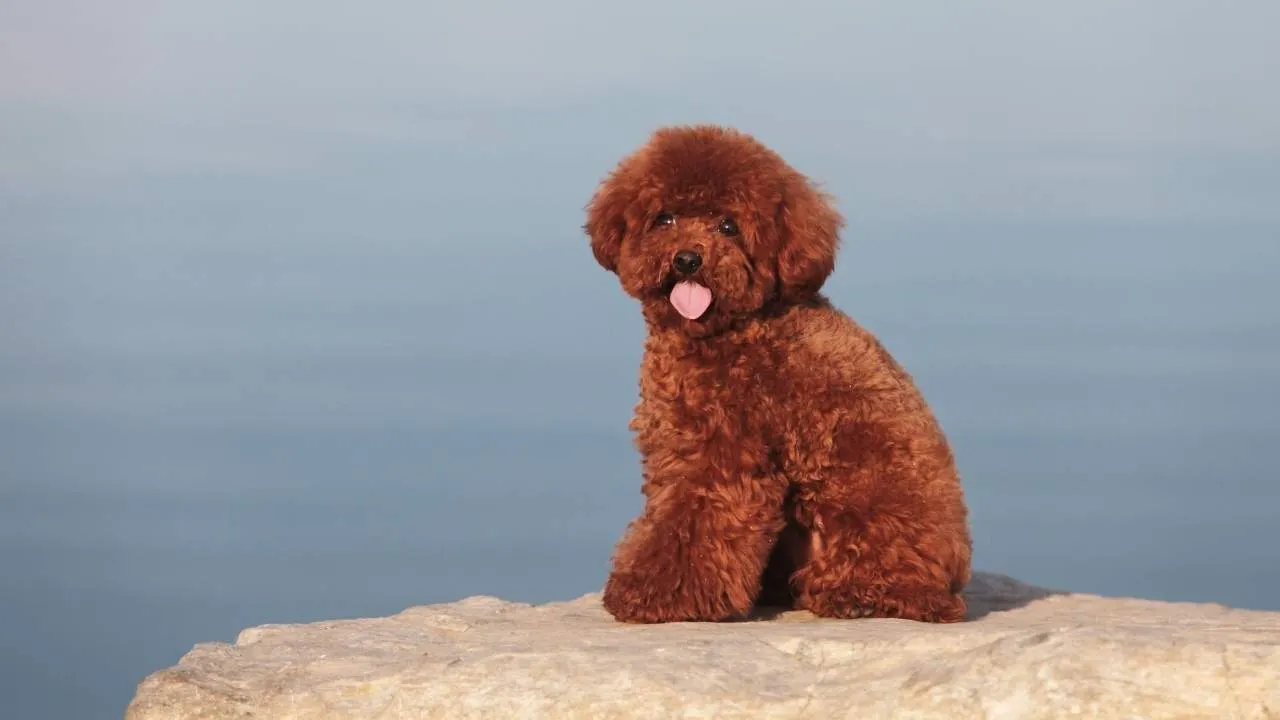
Poodles are exceptionally intelligent and visually alert, making them quick to pick up on hand signals. Whether Standard, Miniature, or Toy, all Poodles share a strong aptitude for non-verbal communication.
Bred for water retrieving, they learned to follow visual cues from a distance—an instinct that still drives their responsiveness today. They naturally track motion, even through distractions.
Their sharp focus and eagerness to please allow them to anticipate gestures and respond with precision. Eye contact and body awareness come naturally to this breed.
Poodles thrive on mental challenges, so incorporating hand signals into daily tasks and play keeps them mentally sharp and satisfied.
From therapy work to competitive obedience, Poodles adapt quickly and excel in settings where gesture-based communication is key.
Quick Tips
Start with slow, exaggerated gestures for clarity.
Practice in different settings to generalize learning.
Combine hand signals with puzzles or scent games for extra stimulation.
Conclusion
Using hand signals to train your dog is one of the smartest ways to build clear, consistent communication. Whether you’re working with puppies, young dogs, or adult dogs, hand signs help reinforce desired behavior, especially when verbal commands aren’t enough.
Dogs are naturally skilled at reading body language. They often respond more quickly to a physical gesture than to a spoken word, especially in busy places like the dog park or when on a leash. If your dog can’t hear verbal commands well, or if you’re training two dogs at once, hand signals become even more valuable.
Start with basic commands like “sit” or “stay,” using consistent gestures such as a palm facing down or a circular motion. Over time, your dog learns to associate the movement with the action. Watch your dog’s face for signs of understanding and reward them when they get it right.
Dog training with hand signals works because it taps into how dogs communicate. It also builds trust, keeps them focused, and encourages them to keep paying attention, even when fresh air and distractions are everywhere.
The most important thing? Stay consistent, do your research, and make sure both you and your dog enjoy the process. Using hand sign language isn’t just about obedience; it’s about connection. And for smart animals like dogs, that kind of communication really makes sense.


